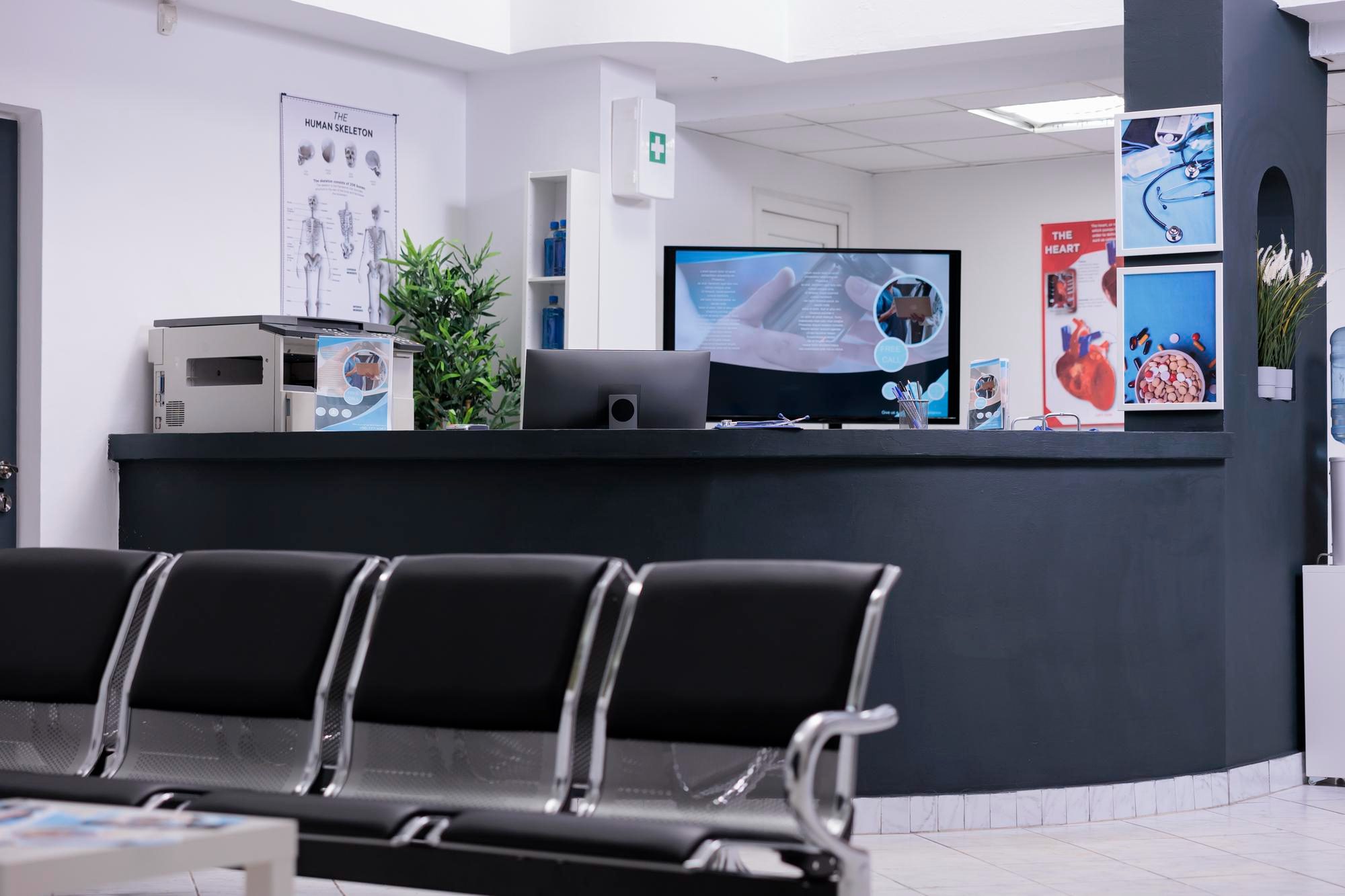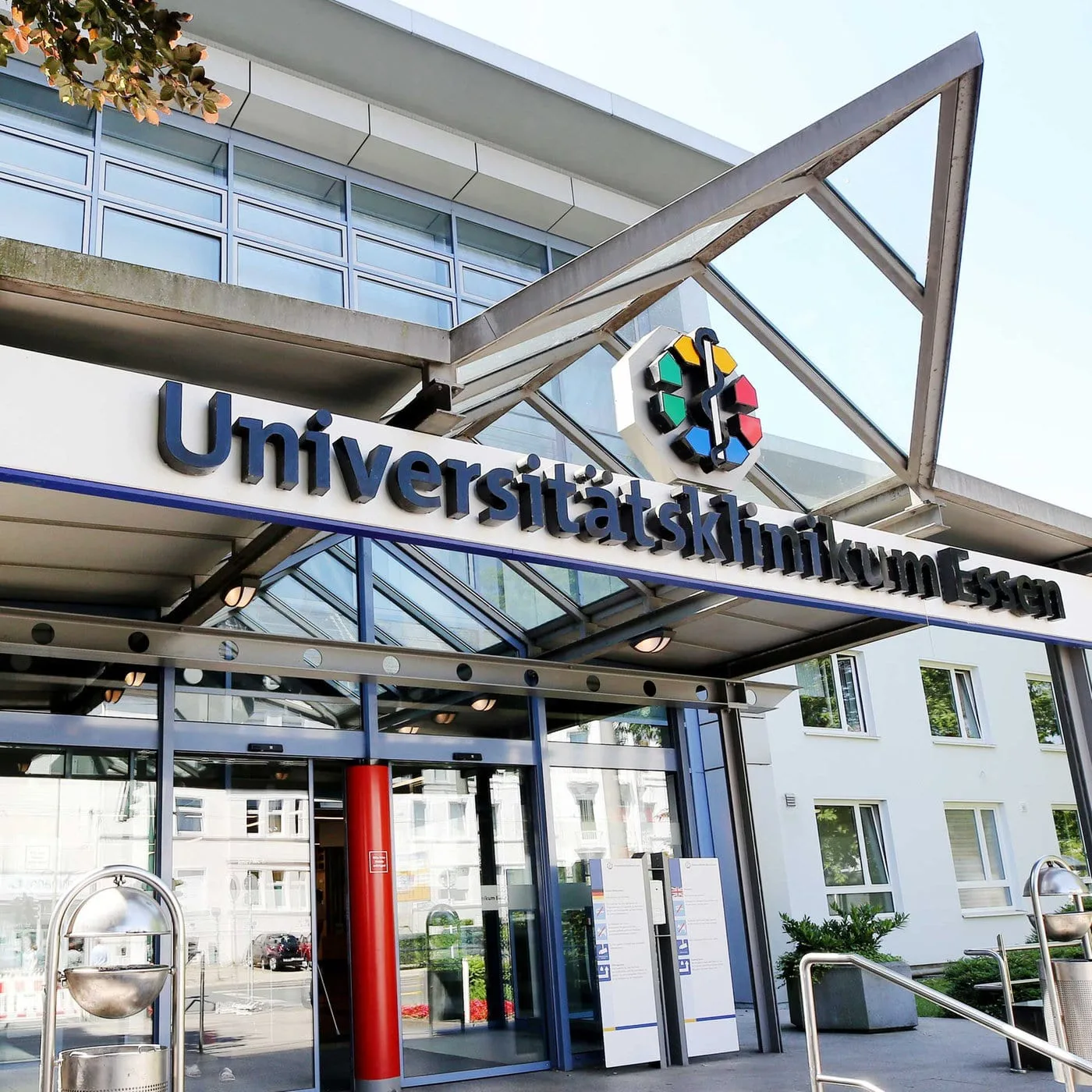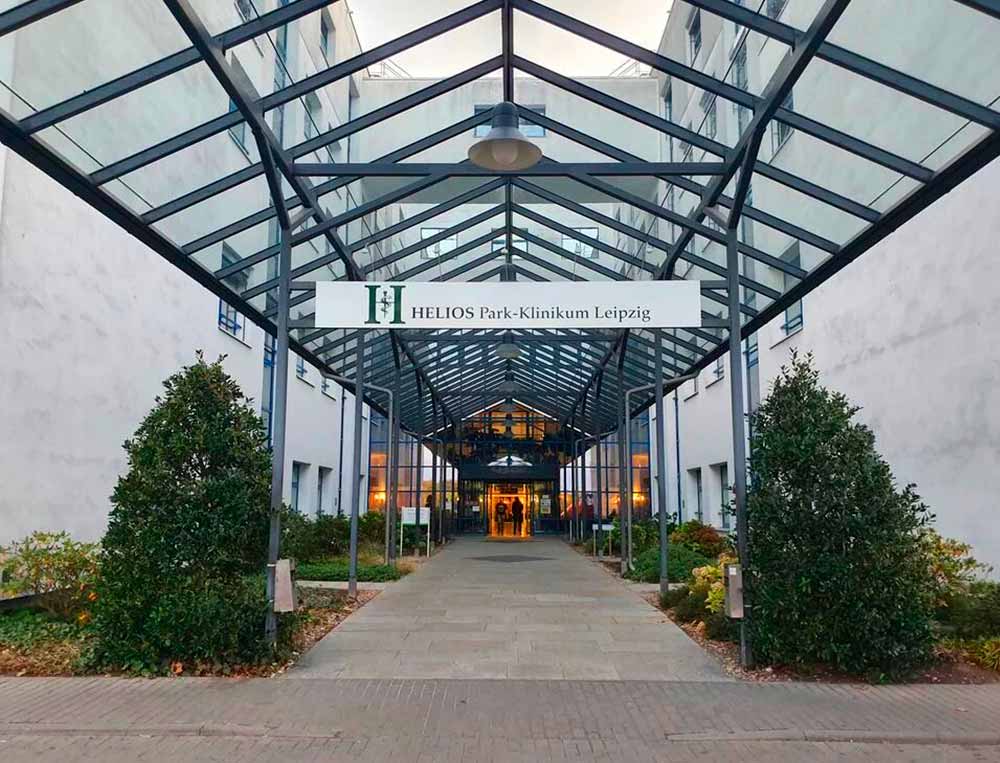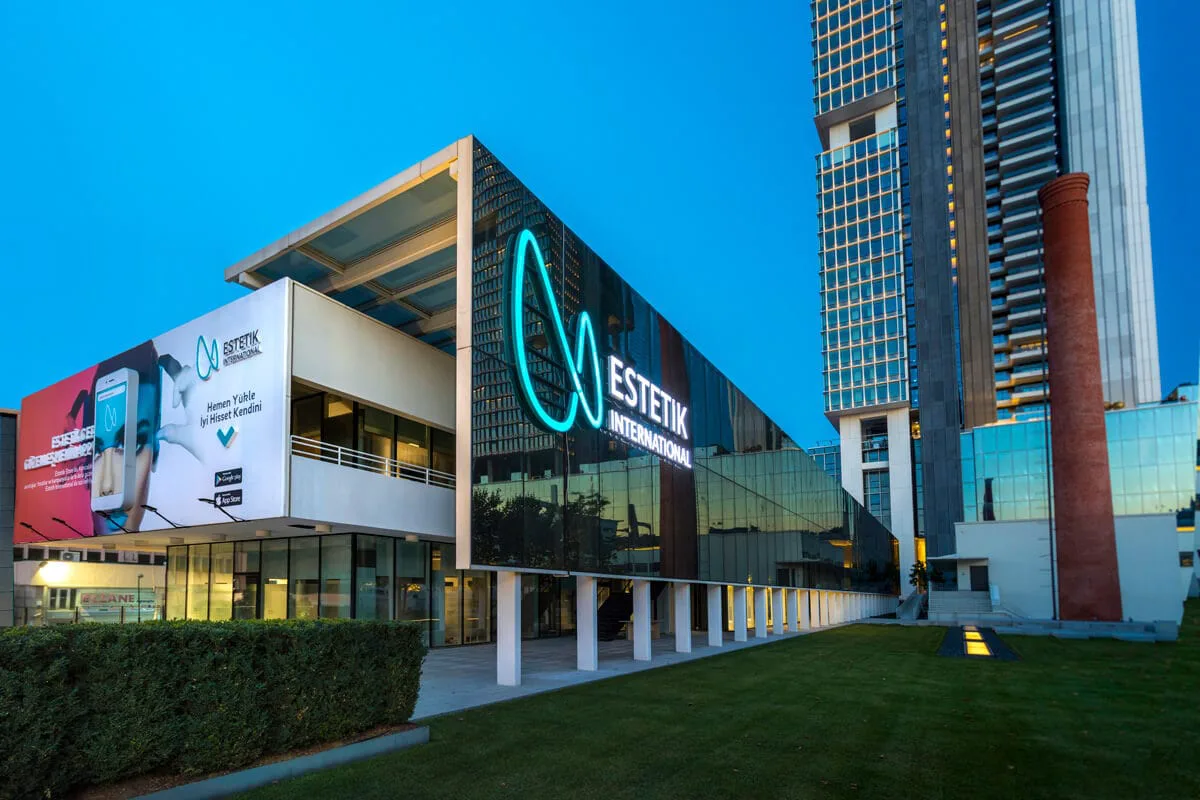Some patients diagnosed with cancer seek more than standard care. Patients are intending to find more than just treatment. In recent years, private oncology institutions known as luxury cancer treatment centers have grown in number, particularly in countries like the U.S., Switzerland, and Singapore. These centers, often tied to top cancer centers, aim to combine clinical excellence with individualized attention and comfort.
It’s not just about privacy or nicer rooms, though those things matter to many. The real difference lies in structure. At many of the best cancer clinics in this category, patients don’t wait weeks for pathology reviews or treatment decisions. Instead, molecular diagnostics, full-body imaging, and multi-expert consultations are completed in days. In some centers – like those operating under international oncology networks – treatment starts within the same week as diagnosis confirmation.
Not everyone qualifies or chooses this route. Cost is a barrier. One recent case review from a private center in Zurich estimated a full oncology protocol, including genomic sequencing, immunotherapy, and inpatient monitoring, at €280,000. And that didn’t include follow-up care. CAR-T price structures, especially in non-subsidized markets, often account for half of total expenses when used.
At the same time, patients coming to progressive cancer hospitals – often from the Middle East, Africa, or Eastern Europe – aren’t necessarily there for luxury. Many are looking for access. Some luxury cancer treatment centers participate in global trials or offer expanded access to therapies not yet approved in their home countries. Proton beam therapy, personalized cancer vaccines, and early-line combination immunotherapy have all been used in this context.
Shenzhen Genoimmune Medical Institute (GIMI)
The Shenzhen Geno-Immune Medical Institute (GIMI) stands at the forefront of gene and immune cell therapy, pioneering innovative solutions beyond FDA-approved CAR-T treatments. Led by renowned expert Prof. Lung-Ji Chang, inventor of the widely-adopted lentiviral vector system, GIMI has delivered effective treatments for over 1,000 cancer cases with cutting-edge 4th generation CAR-T technologies.
What Sets These Centers Apart
There’s no single definition, but most premium oncology treatment centers offer some version of the following.
- Dedicated cancer care teams per patient (not per department).
- On-site next-generation sequencing and liquid biopsy.
- Case reviews that include external experts, sometimes across borders.
- Private or semi-private inpatient facilities with around-the-clock care.
- Integrated supportive therapies – nutrition, psycho-oncology, and rehabilitation.
Some programs, particularly those in the best cancer clinic in Germany and South Korea, have adopted real-time monitoring technologies (wearables, digital labs) to adjust treatment on the go. Others offer shorter, more intensive care cycles for international patients who must return home quickly.
Still, questions about outcomes persist. Are results better? That depends on the case. For early-stage cancers, public oncology systems in Western Europe show survival rates comparable to private centers. But for rare, aggressive, or treatment-resistant cancers, luxury centers with broader therapeutic menus may offer an edge – especially when experimental options are needed fast.Just send us a request through our website, and we’ll match you with a specialist who fits your needs best. We work with a wide network of top oncology institutions, so you can feel confident you’re getting expert care.
Who has the best cancer center in the world?
MD Anderson (USA), Gustave Roussy (France), and the National Cancer Center Hospital in Tokyo are frequently mentioned for outcomes, research, and international patient services.
What are the best cancer centers?
Top cancer centers often include those with high survival rates, research output, and access to trials: Mayo Clinic, Memorial Sloan Kettering, Charité Berlin, and Dana-Farber are often on that list.
What is the most expensive cancer therapy?
CAR-T cell therapy is among the most expensive – often more than $475,000 per treatment. Personalized mRNA vaccines and combination immunotherapies in private settings can also exceed $500,000.
Which country in the world has the best cancer care system?
There’s no clear winner. The U.S. leads in innovation and trials, but Germany, Switzerland, and Japan have highly integrated systems with excellent outcomes and continuity of care.












